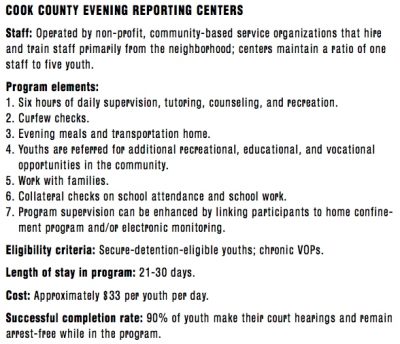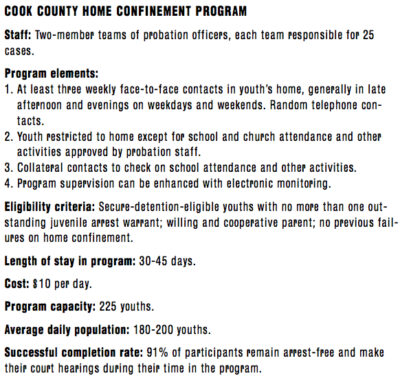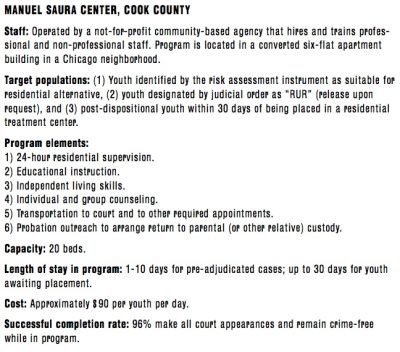Real World Wisdom
Officials new to detention alternatives have similar square one questions—and this report offers been-there, done-that solutions straight from JDAI sites. Some of the many lessons readers will learn: how to decide who is eligible for detention alternatives, whether or not to involve nonprofits, what to do with youth facing adult trials, and how to handle juveniles who test (and retest) the system.











